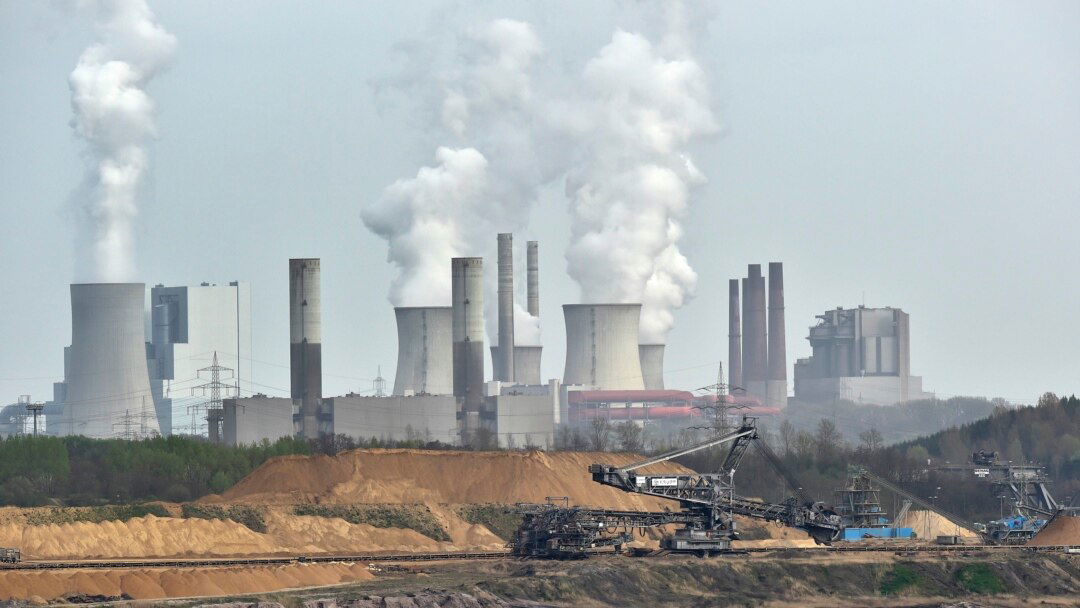
Divya Delhi: The international community views India's relaxation of its flue gas desulphurisation (FGD) mandate for coal-fired power plants as a move toward more nuanced and evidence-based regulation. Global trends show governments adjusting emissions policy to local situations and life-cycle climate. According to the Ministry of Environment, Forest, and Climate Change (MoEF&CC), only plants near dense urban zones or in important pollution areas will need FGD systems to extract sulphur dioxide (SO₂) from flue gases. About 80% of India's installed coal capacity—mostly low-sulphur domestic coal—will be excluded. Independent examinations by three Indian research institutions found that ambient SO₂ levels are within national requirements even in places without FGDs. Over five years, full-scale retrofitting is expected to increase CO₂ emissions by roughly 70 million tonnes, mostly from limestone extraction and auxiliary energy use. The change is likely to lower power producing costs by Rs 0.25–Rs 0.30 per kilowatt hour, benefiting customers and relieving India's cash-strapped power distribution corporations. Industry insiders call the decision “regulatory realism” that would maintain cost without jeopardizing environmental aims.
- Education(148)
- India(771)
- Entertainment(399)
- Sports(272)
- Business(226)
- Bollywood Hollywood(95)
- International(196)
- Life & Style(91)
- Opinion(139)
- Educational(5)
- Crime(7)
- Technical(6)
- World(18)


